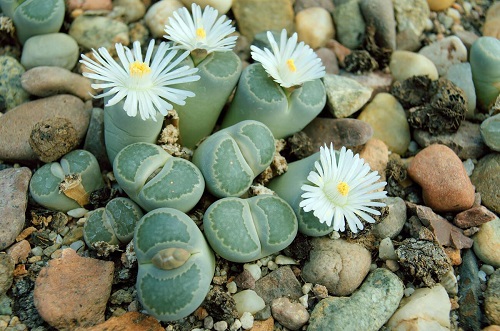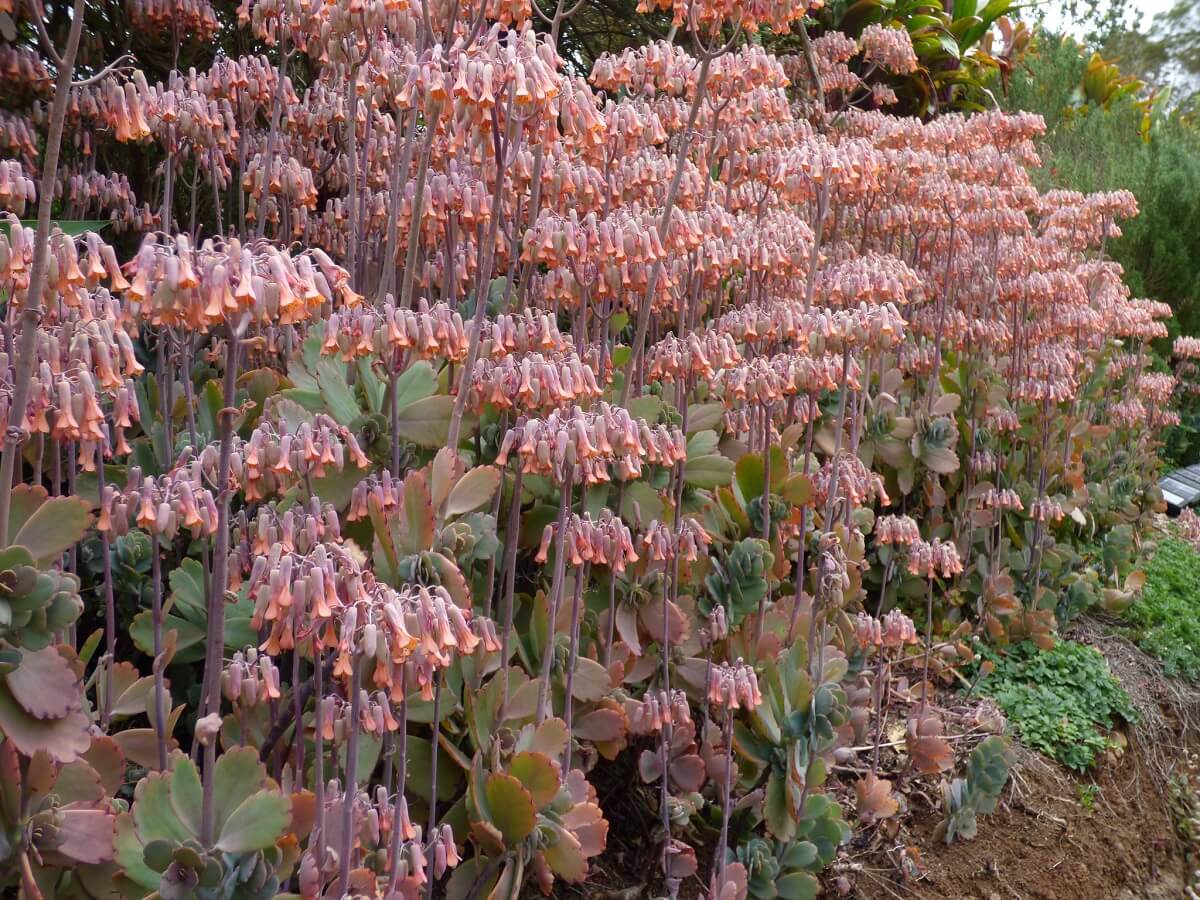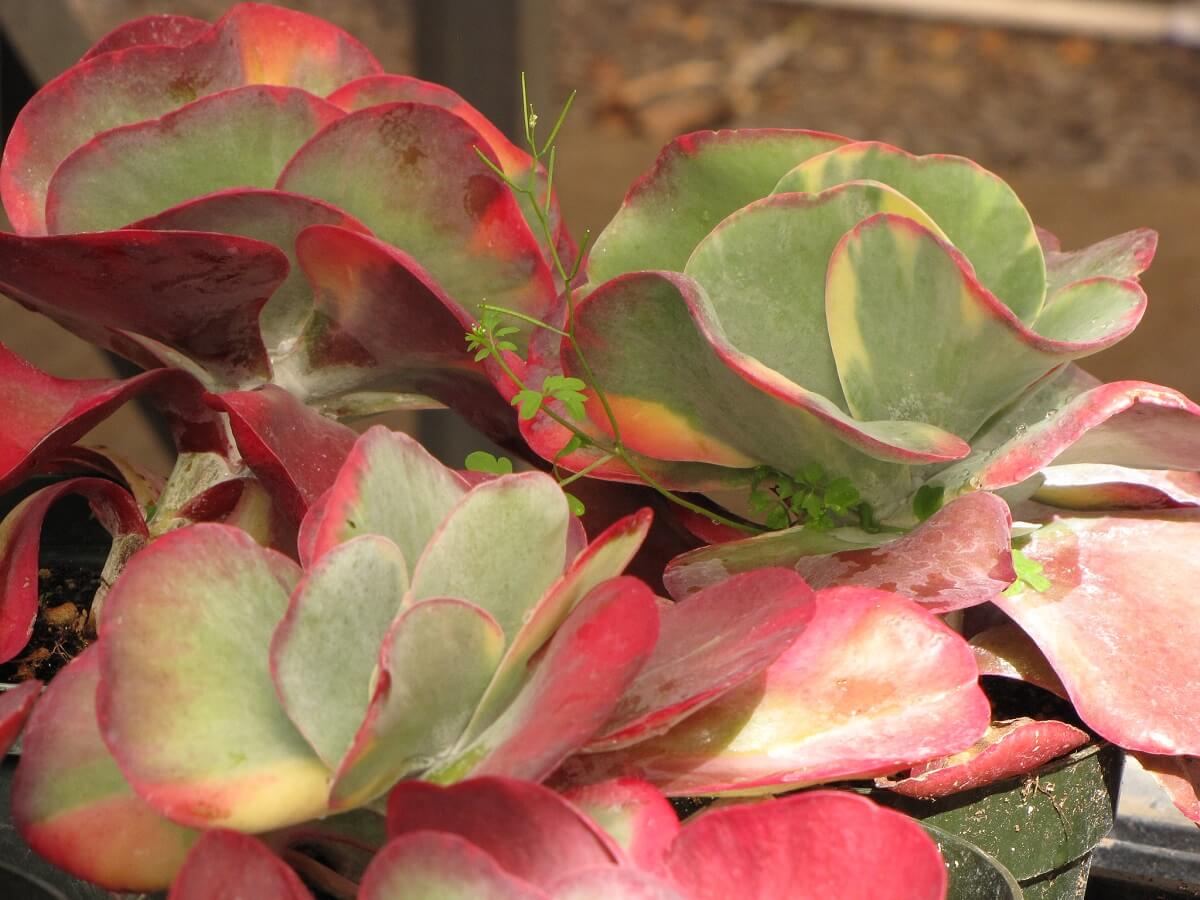The Alluring Allure of Eye-Like SucculentsSucculents come in an astounding array of shapes, sizes, and colors. But some of the most captivating succulents are those that resemble eyes These eye-like succulents showcase nature’s ingenious designs and offer unique visual intrigue In this article, we’ll explore some of the most eye-catching eye-mimicking succulents and what makes them so visually compelling.
The Bloodshot ButtonsOne of the most iconic eye-like succulents is the button plant (Conophytum wittebergense). These tiny stemless succulents native to South Africa grow in tight clusters that spread in mats or carpets. Each individual button is a small round body about an inch across. Their colors range from gray-green to brown, often decorated with fine red lines radiating from a central slit. This slit resembles an opened eyelid, fringed by stubby pink protrusions that look like inflamed eyelashes. When backlit, the slit takes on an eerie bloodshot appearance that makes the button plant seem to gaze upward in a grumpy, sleep-deprived state.
Windows to the Soul: Some living stone succulents also use clever optical tricks. These plants look like pebbles, but their bright colors are hidden by their stony outsides. Lithops optica has unique, see-through spots on the tops of its leaves. These are like “windows” that let light into the inside, revealing the hidden, moist, colorful tissues inside the outer walls. In the same way, Lithops viridis has a noticeable white core in the middle of its two green leaves. This gives it a wide-eyed appearance, with green “irises” surrounding the white core. The clear areas and clear centers give the impression that eyes are peering out from inside the living stones.
The Huernia zebrina plant, which is also known as “owl eyes,” has a sweet optical illusion. Its stems have ridges that look like zebra stripes, and its strange flowers have shiny red rings around white centers. This bullseye with a red ring makes the flowers look like they are blinking because it looks like pupils getting bigger against erythritic sclera. When combined with the zebra stripes, the owl eyes look at people passing by with a playful glint in their eyes. Its twisting, warty stems give it an otherworldly staring look even when it’s not in bloom.
Seeing Souls Through Soles
Baby toes (Fenestraria rhopalophylla) produces chubby leaves tipped with crystalline “windows” that resemble actual toe nails. These translucent panels protect the tender tissues below while allowing light to enter and illuminate the leaf interiors. As light varies throughout the day, the windows seem to dilate and contract like living eyes. Adding to the effect are the succulent’s abundant yellow blooms, which surround the leaves with what look like cheerful twitching pupils. Baby toes appears to attentively follow the sunlight with scores of tiny winking eyes.
Fuzzy Peepers
When dormant, Greenovia aurea develops cute fuzzy pink rosettes that look like wide cartoon eyes framed in chubby pink lashes. Nestled against their pale interiors, these rosy peepers take on a charmingly bashful appearance, as if peeking out from beneath a furry hood. In spring, flowers emerge from each rosette’s center sporting prominent yellow stamens that resemble lower lashes coyly batting. In full bloom, Greenovia aurea brazenly flutters its soulful eyes for all to admire.
The Allure of Mimicry
Through eons of evolution, certain succulents have developed remarkable techniques for mimicking eyes. These simulated ocular features likely help deter predators by creating the illusion that a larger creature is watching back. But for plant enthusiasts, thesucculents that resemble eyes offer more than just visual trickery. Their anthropomorphic forms captivate our imaginations. We instinctively connect with their cute peepers and animated appearances. And beyond the novelty, many eye-like succulents also offer easy care and propagation. So consider adding some of these winking, smiling specimens to your sunny windowsills. Just don’t be surprised if you feel their friendly eyes watching your every move!

Lavender Scallops (Kalanchoe fedtschenkoi)

Lavender scallops are a smaller kalanchoe, but they spread and can work as a ground cover. They have gorgeous bell-shaped flowers, too!.
Paddles (Kalanchoe thyrsiflora, Kalanchoe luciae)

Probably the best-known varieties, examples like Kalanchoe thyrsiflora and Kalanchoe luciae have overlapping oval leaves, usually bright red in color. This eye-popping variety is definitely a favorite.
10 Beautiful Succulents that Look Like Roses
FAQ
What plant looks like eyes?
Actaea pachypoda, the white baneberry or doll’s-eyes, is a species of flowering plant of the family Ranunculaceae. The plant’s most noticeable feature is its fruit, a white berry that is 1 cm across. The name “doll’s eyes” comes from the fruit’s size, shape, and black stigma scar. Did it just blink?.
How do you take care of a star succulent?
Star Cactus Care Soil: Requires a well-draining cactus or succulent mix. Adding sand, pumice, or perlite improves drainage, preventing root rot. Avoid heavy, water-retentive soils, which can harm the plant. Water: Water sparingly, allowing the soil to dry out completely between waterings.
How do I identify what kind of succulent I have?
To distinguish between different types of succulents, look for the details. As we’ve seen, some varieties have ciliate hairs along the leaf margins, others have smooth leaves. Look also for the leaf thickness. In general, Echeveria have thicker leaves than sempervivum or aeonium, though not as thick as Graptopetalum.
How to care for teardrop succulents?
How do you take care of a string of tears plant?Light: Provide bright, indirect light. Soil: Use well-draining soil, preferably a succulent or cactus mix. Watering: Allow the soil to dry out completely between waterings.
